Psychodynamics of Halloween Costumes, Avatars and Profile Images
Halloween Costumes

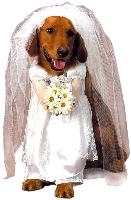


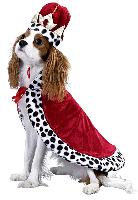
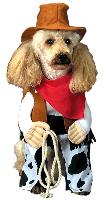
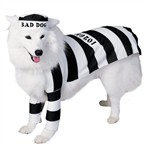
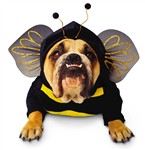
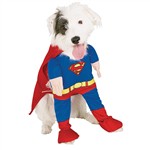


Halloween Costumes, Avatars and Profile Images
According to Carl Jung and Jungian psychology, everyone has a persona and a shadow. Our persona is the face or mask that we show others. The shadow represents the darker, hidden aspects of our personality that we hide from others. The two create a polarity of opposites and a need for balance; the larger the persona, the larger the shadow. A person may exert a great deal of effort to maintain a persona as a pillar of society while exerting equal effort to maintain secrecy about some deviant behavior; the judge who is a repeat DUI offender and the scout leader who despises children are examples. It is this need for balance that explains the popularity of Halloween, with its roots in pagan ritual. One night a year, children and adults get to reveal their shadow for all to see, have fun doing so, and even experience social acceptance. Once the demons are exorcised, we are better prepared to celebrate the more positive holidays that follow: Thanksgiving, Christmas, and New Year.
From a Jungian perspective, we can learn a lot about a person from their choice of Halloween costumes and even their choice of an avatar or profile image. Aside from some practical aspects of choosing a costume, such as time, comfort and price which can reveal aspects of our personality related to time management, discomfort tolerance and spending behaviors; there are more complex patterns of personality revealed in our choice of a costume, avatar or profile image that can be understood from Jungian psychology. A person may choose a costume that further perpetuates his or her persona and hides the shadow, or one that unknowingly reveals the shadow. A woman who is sexually repressed may choose a costume as a harlot or wench. A woman with a healthy sense of her sexuality may choose the same costume. A man who is uncomfortable with his feminine side may choose a costume that accentuates his masculine strength, such as a body builder or a super hero. A gay male might do the same. A heterosexual man who is secure in his masculinity might choose an effeminate costume, as might also a gay male who is comfortable with his homosexuality.
While our amateur analyses may not be accurate, they can make great conversation openers at a costume party. Further analysis of character interactions at a costume party can be interesting as well. When the guy at the office who has issues with women because of a dominating and overbearing mother dresses as a devil and displays the courage to flirt with an attractive co-worker with self esteem issues who is dressed as a witch, some working through of internal and interpersonal conflict is occurring in much the same way as a child works through conflict in play activities. Both are having far too much fun to realize they are working so hard. Observing these interactions is like being in the audience of a reality show, and learning something about oneself in the process.
One additional population for our analysis is the family pet. In choosing a pet costume, the owner may choose a prisoner costume for the dog that steals the neighbor’s newspapers, or put a frilly and feminine costume on a mean looking hound dog or Rottweiler. In the first instance, the owner accentuated the pet’s characteristic. In the second instance, the owner accentuated the opposite of the pet’s character. In other instances, an owner might “project” an aspect of him or herself on to the pet. For example, an owner who feels ineffective and inadequate might dress his pet as a superhero, and vicariously experience praises from others. An owner who is proud of his pet’s pedigree might choose to dress his pet in formal attire. The woman who never married might dress her dog as a bride.
As was suggested earlier, Halloween and dressing in costume only comes around once a year. As internet use increases, however, more of us are using costumes in the form of avatars and profile images on a daily basis. Are we exorcising our demons more frequently and resolving more conflict? Are we over indulging in a pleasurable activity or exercising our need to play and re-create? What do our avatars and profile images say about us? Do they represent our persona or our shadow?
- Jung Currents: What's Up with Carl Jung: Jung, Halloween and the Shadow
An essential component of Jungian therapy is to accept our desires and fears and integrate them into our lives. Dr. Schenk believes Halloween can provide a great release, especially in tough times like these where many may be too tense to fully expre








